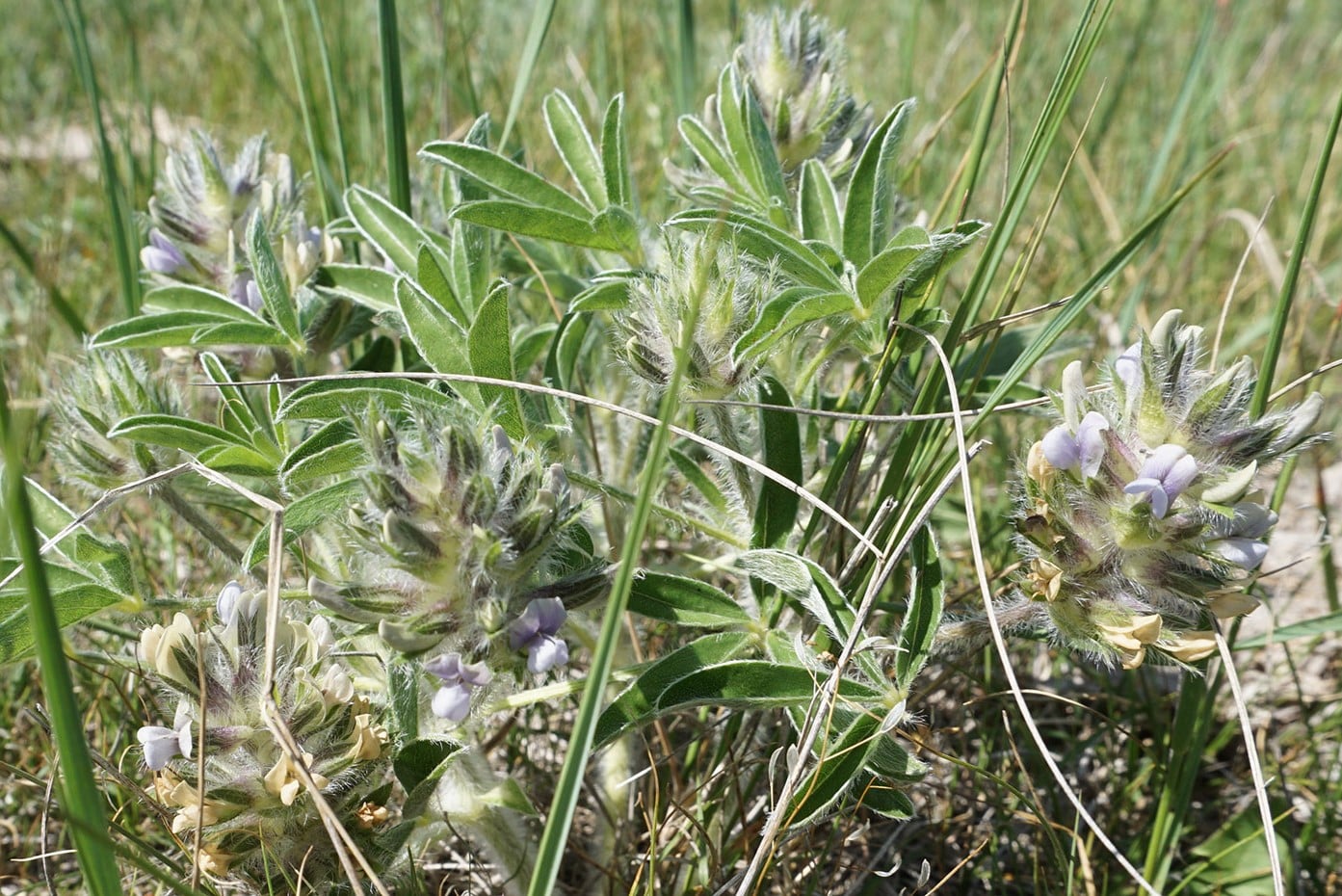
Ever heard of the prairie turnip? This humble root, also known as Psoralea esculenta, has been a staple for Native American tribes for centuries. But what makes it so special? Prairie turnips are not just any ordinary root vegetable. They pack a punch with their nutritional value, offering a rich source of protein, fiber, and essential vitamins. Historically, they played a crucial role in the diets of the Plains tribes, providing sustenance during harsh winters. Today, they’re gaining attention for their potential health benefits and sustainable farming practices. Curious about this ancient superfood? Let's dig into 15 fascinating facts about the prairie turnip that might just surprise you!
Key Takeaways:
- Prairie turnip, a staple food for Native American tribes, has deep roots, beautiful flowers, and belongs to the legume family. It's rich in nutrients and continues to be relevant in modern cuisine and sustainable agriculture.
- Prairie turnip, also known as Pediomelum esculentum, is a resilient plant with historical significance and modern uses. It's not only packed with nutrients but also studied for potential medicinal properties, making it a versatile and valuable resource.
What is a Prairie Turnip?
The prairie turnip is a fascinating plant native to the Great Plains of North America. Known scientifically as Pediomelum esculentum, it has been a vital food source for indigenous peoples for centuries. Let's dive into some intriguing facts about this remarkable plant.
Historical Significance
The prairie turnip has a rich history intertwined with the lives of Native American tribes. Here are some historical facts that highlight its importance.
- Indigenous tribes like the Lakota, Dakota, and Omaha relied heavily on prairie turnips as a staple food.
- The plant was often dried and stored for winter, providing a reliable food source during harsh conditions.
- Prairie turnips were also used in trade among tribes, showcasing their value beyond mere sustenance.
- The roots were sometimes ground into flour, which could be used to make bread and other dishes.
Botanical Characteristics
Understanding the plant's physical traits can help appreciate its resilience and adaptability.
- Prairie turnips have a deep taproot that can reach up to three feet underground, making them drought-resistant.
- The plant produces beautiful purple flowers, which attract pollinators like bees and butterflies.
- Its leaves are palmately compound, meaning they spread out from a central point like fingers on a hand.
- The plant belongs to the legume family, which means it can fix nitrogen in the soil, enriching the land where it grows.
Nutritional Value
The prairie turnip isn't just historically significant; it's also packed with nutrients.
- The roots are rich in carbohydrates, making them an excellent energy source.
- They contain essential vitamins and minerals, including vitamin C, iron, and calcium.
- Prairie turnips are high in dietary fiber, which aids in digestion and overall gut health.
- The plant also has a decent protein content, making it a well-rounded food option.
Modern Uses
Even today, the prairie turnip continues to be relevant in various ways.
- Some chefs and food enthusiasts are incorporating prairie turnips into modern cuisine, celebrating their unique flavor and texture.
- The plant is also studied for its potential medicinal properties, including anti-inflammatory and antioxidant effects.
- Prairie turnips are being considered for sustainable agriculture projects due to their low water requirements and soil-enriching capabilities.
The prairie turnip is more than just a plant; it's a testament to the ingenuity and resilience of the people who have relied on it for generations.
Prairie Turnip's Hidden Wonders
Prairie turnips, also known as Psoralea esculenta, pack a punch with their nutritional value and cultural significance. These tubers have been a staple food for Native American tribes, providing essential nutrients like protein, fiber, and vitamins. Their resilience in harsh climates makes them a sustainable crop for the future.
Beyond their nutritional benefits, prairie turnips have medicinal properties. They’ve been used to treat ailments like stomach issues and respiratory problems. Their versatility extends to the kitchen, where they can be roasted, boiled, or ground into flour.
Understanding the importance of prairie turnips helps us appreciate their role in history and modern agriculture. These humble tubers offer a glimpse into a sustainable future while honoring the traditions of those who came before us. So next time you think of root vegetables, give prairie turnips the recognition they deserve.
Frequently Asked Questions
Was this page helpful?
Our commitment to delivering trustworthy and engaging content is at the heart of what we do. Each fact on our site is contributed by real users like you, bringing a wealth of diverse insights and information. To ensure the highest standards of accuracy and reliability, our dedicated editors meticulously review each submission. This process guarantees that the facts we share are not only fascinating but also credible. Trust in our commitment to quality and authenticity as you explore and learn with us.


